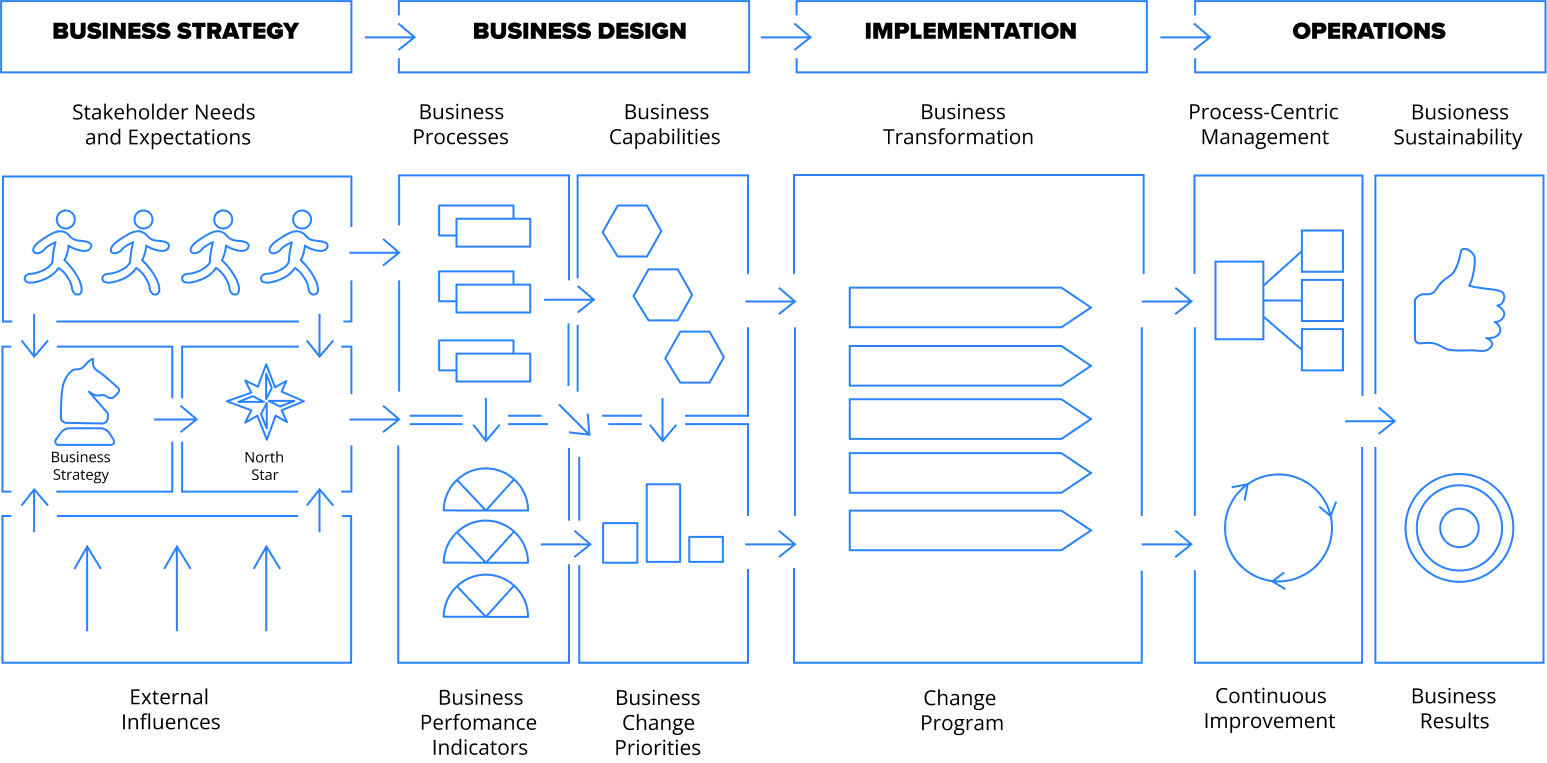Change is hard, but the digital economy demands it. To thrive, you must create and sustain customer value at every touchpoint. Without action, decline in market share is inevitable. Technology is racing ahead, and those who don’t innovate will fall behind.
How can future-focused companies stay relevant? By prioritizing the customer experience and consistently delivering value. At SoftServe, we believe value stream thinking (VST) and value stream mapping are vital for staying competitive in today’s world.

WHAT IS A VALUE STREAM?
When there’s market demand, there’s potential for value. A value stream includes all activities needed to create and deliver value to your customers.
VALUE STREAM THINKING IN ACTION
What does value stream thinking mean in software development? It’s about better efficiency, less waste, and stronger communication. The goal is to add value at each step of the chain. Without this, value leaks away quickly.
DevOps exemplifies value stream thinking. By fostering agile collaboration between development and operations, DevOps accelerates delivery, reduces costs, and clears complexity. Tools and practices streamline team communication, leading to faster solutions and more innovation time.
DevOps also supports incremental change throughout development. Gathering user feedback and quickly adapting ensures you create what users truly need. When speed defines success, a week’s delay might mean the difference between leading the market and lagging behind.

REAL-WORLD EXAMPLES
VST highlights challenges like inefficient data sharing and processing delays in healthcare. Solutions, such as connected ecosystems where patient data (e.g., from wearables) flows freely, can cut costs and boost collaboration.
Outcomes Based Healthcare (OBH) and SoftServe collaborated to create a mobile solution that significantly improves patient-reported outcomes (PRO) through continuous and passive smartphone monitoring. The team divided the project into multiple phases, including investigation, application architecture, development and user interface (UI), integration, and testing. We built the app using an iterative “agile scrum” methodology.
VALUE STREAM THINKING AS PREVENTION
Picture this. A growing retailer has thousands of loyal online customers. They offer smooth purchases, promotions, fast delivery, and great service. Then, a cyberattack disrupts the payment system and ruins its value stream. Reputation and profit are lost.
Though hackers caused the breach, weak legacy IT systems left the company vulnerable. By using VST to examine the supply chain, the retailer could have spotted and mitigated such risks early.
PRINCIPLES OF VALUE STREAM THINKING
Every industry’s ideal value stream varies, but the principles remain the same. These include efficiency, cutting repetitive steps, simplifying processes, ensuring smooth interoperability, and adapting to change.
Applying VST means mapping each step, examining connections, and removing friction. Open communication across teams is key to improving customer experiences and eliminating bottlenecks. Think of it as a value stream transformation that helps deliver long-term benefits while reducing inefficiencies.
Ideally, VST begins at the earliest stages of business design. Proactive thinking always beats reactive fixes. Maximizing value additions and minimizing losses ensures your processes deliver the best possible outcomes.

TECHNOLOGY IS THE CORNERSTONE
Efficiency, simplicity, interoperability, and adaptability make value creation possible. Use VST to answer critical questions like:
- How can we improve this process?
- What can we add or cut to ensure value is clear?
- Does technology need updating?
- Will training make a difference?
- Can new insights emerge from rethinking data?
Technology should tie value stream components together, enabling seamless integration and growth.
Companies that adapt and evolve consistently will thrive. SoftServe helps clients deliver measurable VST improvements through flexible, impactful solutions. Contact us today and take your value stream thinking to the next level.
Start a conversation with us

